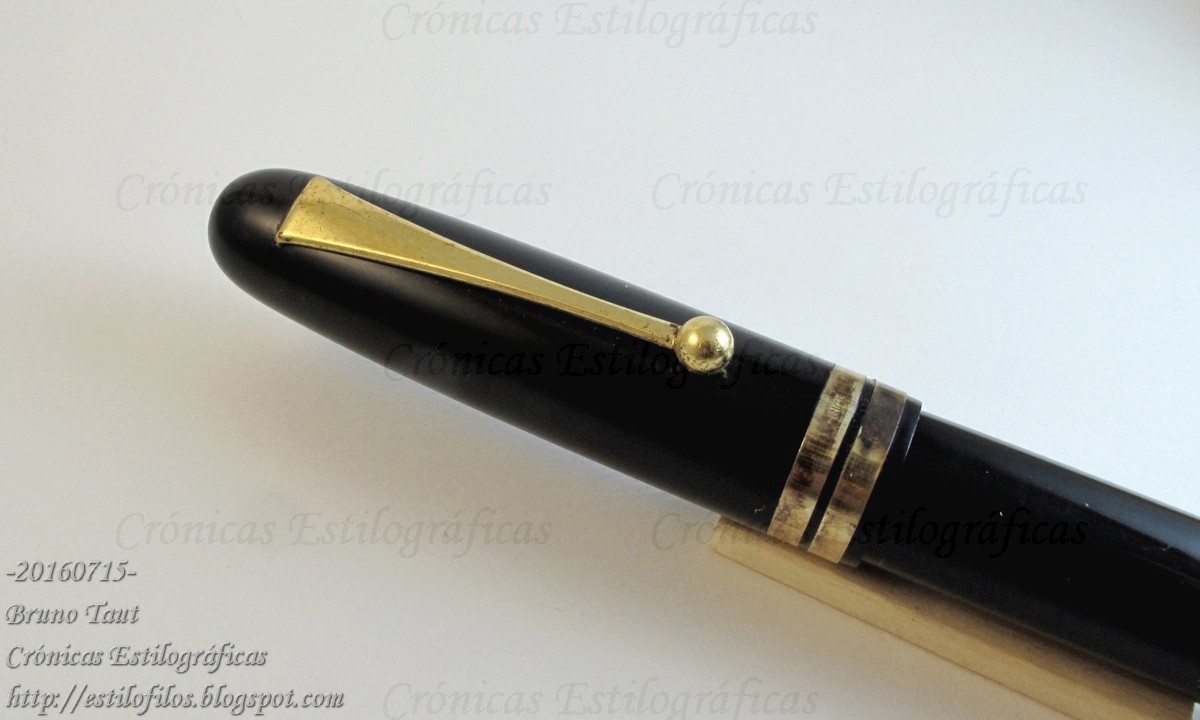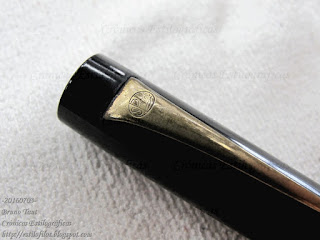The first was the disappearance of a very traditional shop, Jomar, in the Barrio de Salamanca area of town.
On the other hand, Papelería Debod has become very active in the area of fountain pens. Interestingly enough, this shop is selling Twsbi products in Spain. Papelería Debod is located near Plaza de España, in front of the Egyptian temple of Debod:
Papelería Debod
http://www.papeleriadebod.es
Ferraz 24
28008 Madrid
Tel: 915 591 049
These changes remind us some of the big questions in the pen business today: Is the fountain pen market profitable? Are traditional shops a viable business model in the world of Internet and online shopping? I do not have any real answer, but I tend to be pessimistic.
These two changes in the Madrid pen scene will soon be reflected on the page dedicated to this city in this blog.
Pilot desk pen DPN-200 – Private Reserve American Blue
Bruno Taut
Nakano, August 29, 2016
labels: Madrid, mercado
Bruno Taut
Nakano, August 29, 2016
labels: Madrid, mercado



















































